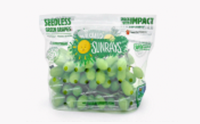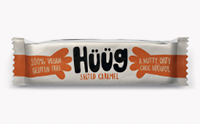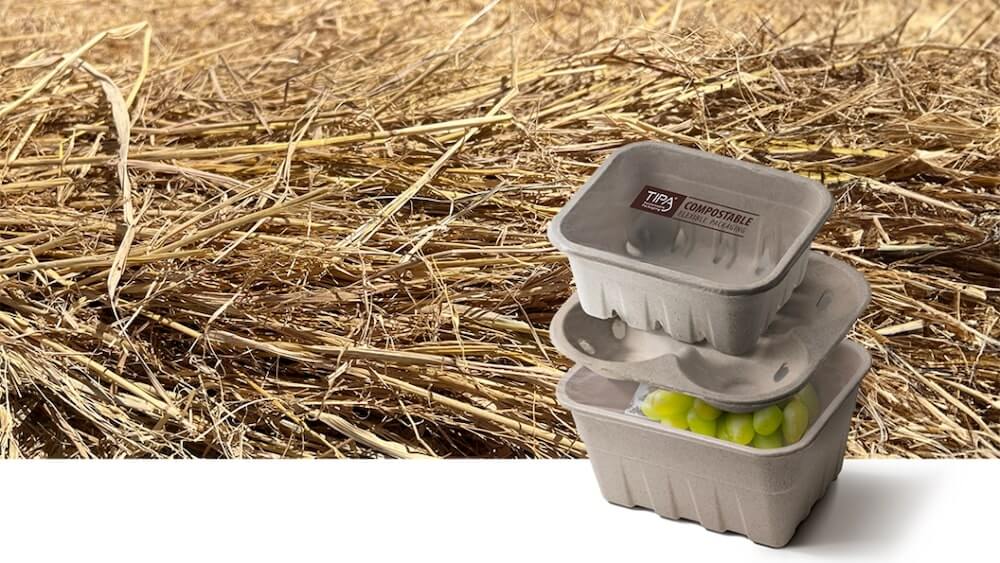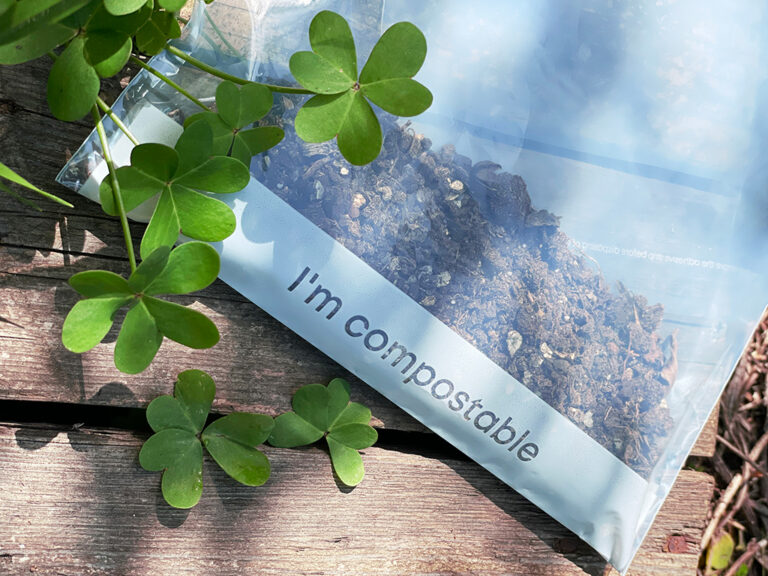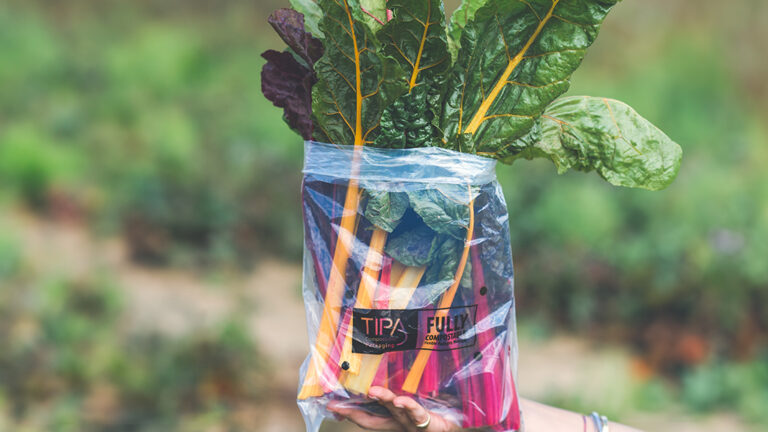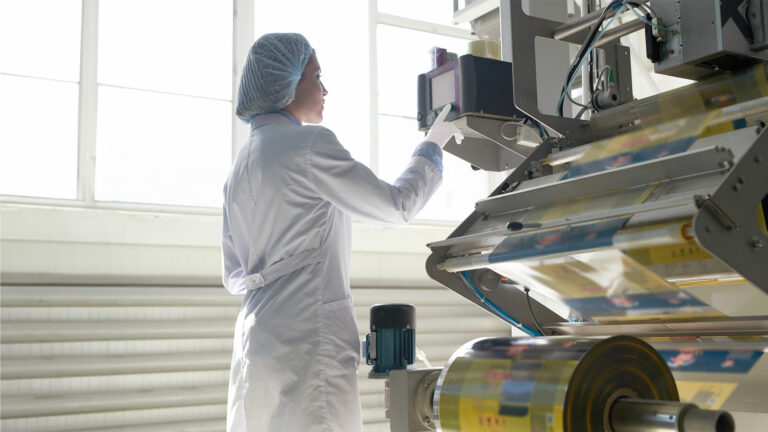Rice is one of the most popular foods on the planet. Nearly 510 million metric tons of milled rice were produced in the last harvesting year (2022-2023) worldwide, which providing employment to hundreds of millions of families, particularly in Asia and Africa’s rural areas. However, despite its popularity and economic significance, rice cultivation faces sustainability challenges: To prepare the fields for the next harvest, more than 50% of the surplus rice residue must be burned. The results are high concentrations of air pollution, which are associated with critical health issues, damage to soil fertility and contribution to the greenhouse effect. With time, however, more and more innovative solutions have emerged to address this problem.
Paddy straw trays, for example, are a new product created from these leftover rice straws, allowing the straws to be reused as agricultural waste without needing to be burned. These Paddy straw trays can be used for a variety of purposes, such as packaging fruits, vegetables, dry food and even holding hot meals for up to 48 hours.
In this blog, we will delve into the source of paddy straw trays, their diverse range of uses, their sustainable value, how they differ from other packaging options like paper packaging or paper trays, and their potential impact on our environment.
Source and economic benefits
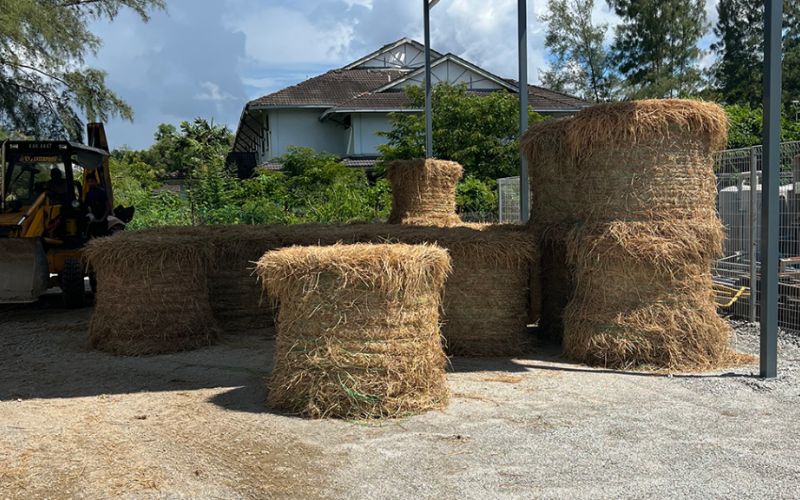
Paddy straw trays are made from the agricultural byproduct of rice production – paddy straw. This straw is sourced from rice-growing regions around the world, like China, India and Indonesia. Traditionally, paddy straw was considered a waste material and often burned, causing air pollution and environmental degradation. However, with the advent of sustainable practices, this agricultural residue has now been repurposed into eco-friendly packaging.
The paddy straw residues are collected, cleaned, and processed into sturdy trays suitable for various applications, which look organic and natural, akin to paper packaging, but that come from nature. By repurposing this abundant and often underutilized resource, paddy straw trays contribute to the local agricultural economies in these regions in several ways:
Firstly, by creating a demand for paddy straw, farmers can generate additional income from rice farming.
Secondly, the production of paddy straw trays often involves collaboration with local farmers and communities, which fosters economic development by creating employment opportunities, particularly during harvest season. It can also encourage skill-building and knowledge transfer within the community, as specialized techniques may be required for the cleaning and preparation of the straw. This holistic approach not only benefits the environment but also creates positive social impacts that extend beyond the scope of packaging production.
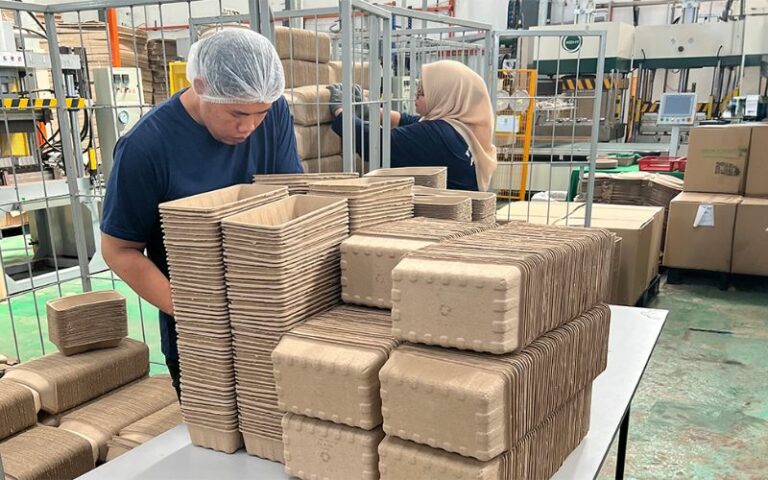
Versatile Uses
The versatility of paddy straw trays has made them useful across numerous industries. For fruits, vegetables, and pastry (fresh or frozen), they offer excellent packaging solutions, and they can hold hot meals for up to 48 hours. These trays provide protection, stability, and ventilation, ensuring safe transportation and storage of goods. Furthermore, their natural appearance and texture can enhance the visual appeal of products, adding an organic touch to the overall presentation.
Sustainable Value
One of the key advantages of paddy straw trays is their sustainable value. As a byproduct of rice farming, their use helps reduce agricultural waste and prevents the burning of this waste, which is extremely harmful for the environment. The trays are made from natural materials – and at the end of their life, when placed in a composter, they become nutrient-rich compost. They can also be disposed of along with paper waste in the appropriate bin.
As brands and packaging manufacturers – and their customers – are becoming more aware of the damage that conventional plastic packaging has – and is – been causing to our planet, paddy straw trays can serve as a viable packaging option for fresh produce, pastries, and even hot meals. These trays’ sustainable end-of-life significantly minimizes environmental impact and promotes a circular economy.
The natural packaging solution from TIPA
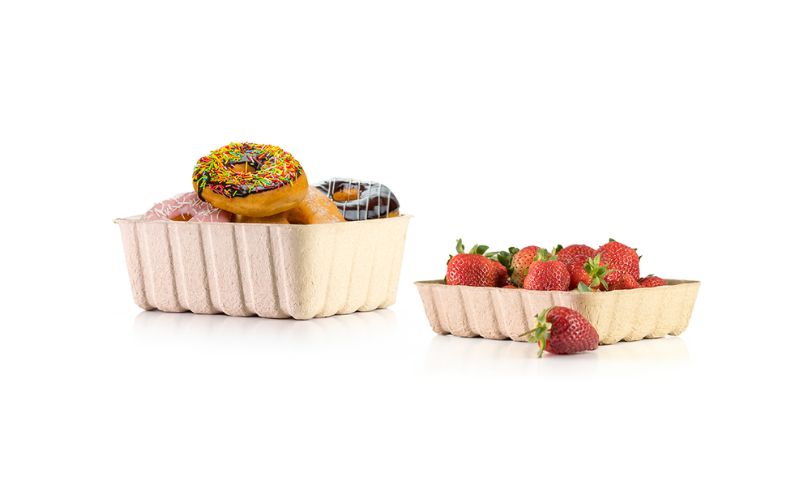
Compared with traditional packaging materials such as plastic, paddy straw trays offer an outstanding sustainable packaging solution. Due to their renewable source, diverse applications, and compostable nature, they provide businesses with an opportunity to align their packaging practices with their sustainability goals. By embracing paddy straw trays, growers, retailers, bakeries and even restaurants can contribute to a greener future while delivering their products in an eco-friendly manner.
Paddy straw trays from TIPA meet the highest sustainability standards, and with its expertise in compostable packaging, they have enhanced their functionality and durability, making them the ideal packaging for businesses that care about the environment. They are viable alternatives to conventional plastic packaging, which degrades only after hundreds of years. The trays also have a natural and organic look just like paper, but they are made from the most sustainable materials.
Growers or retailers can use them to sell fresh fruit, vegetables, and dry food; it is perfect for bakeries to place different kinds of pastries in them; quick service restaurants – QSR’s – can use these trays to sell their dishes, keeping them for up to 48 hours. These businesses – and their customers – will reduce their environmental footprint and contribute to a circular economy by using paddy straw trays.









